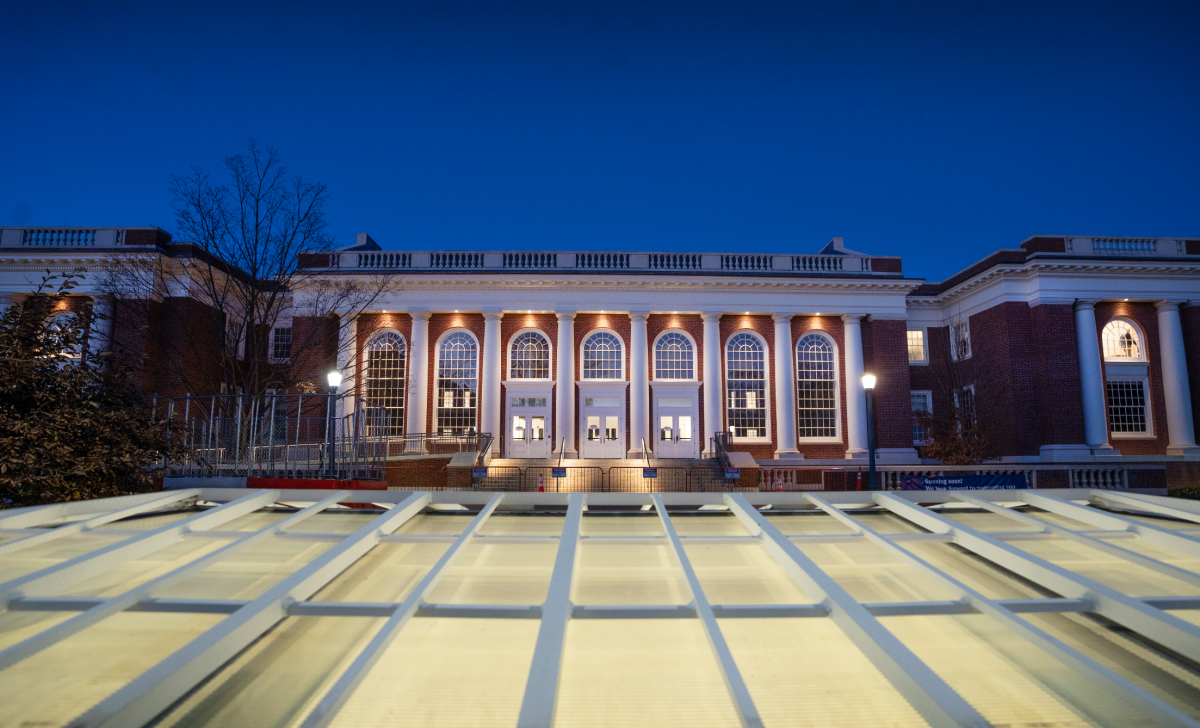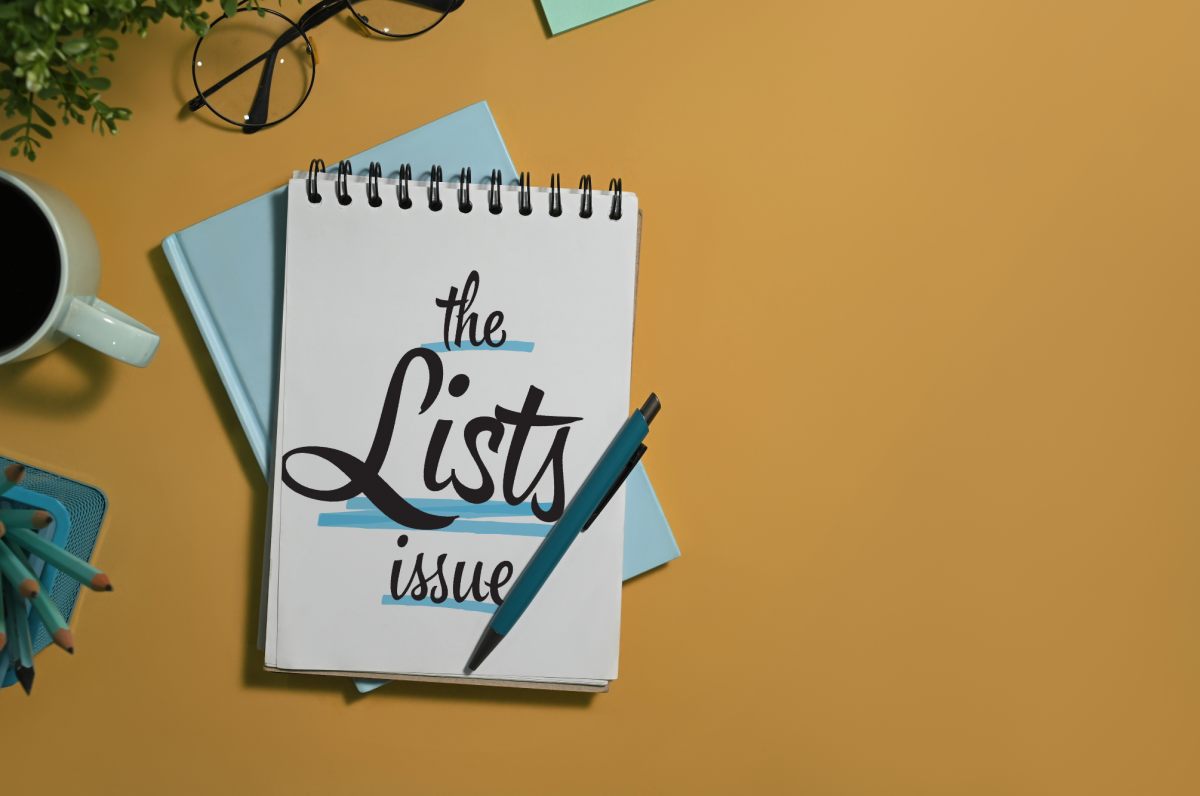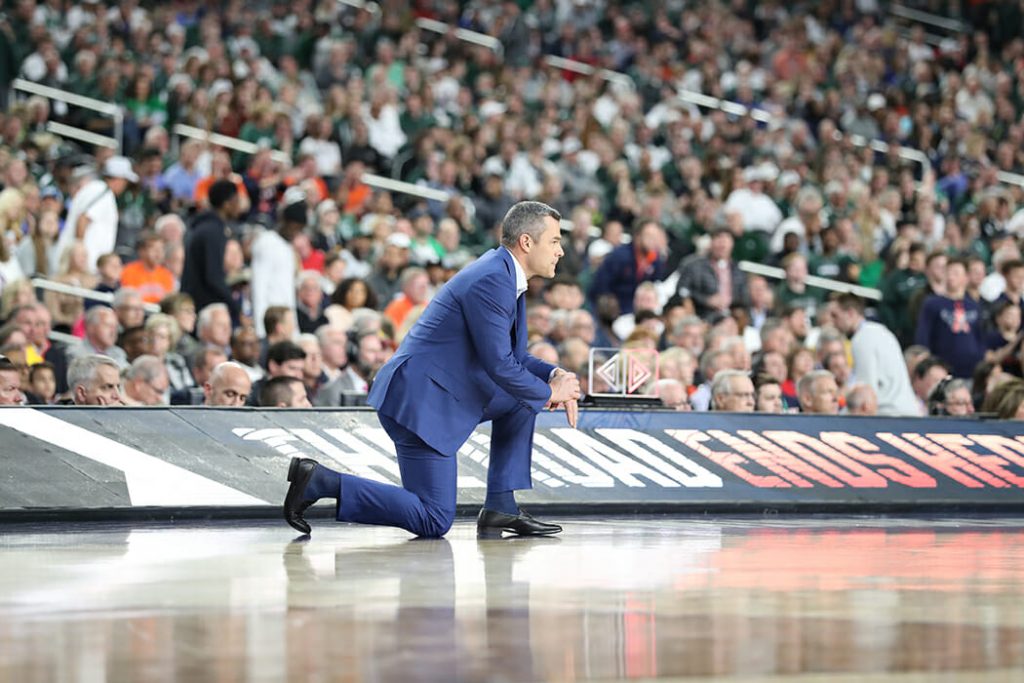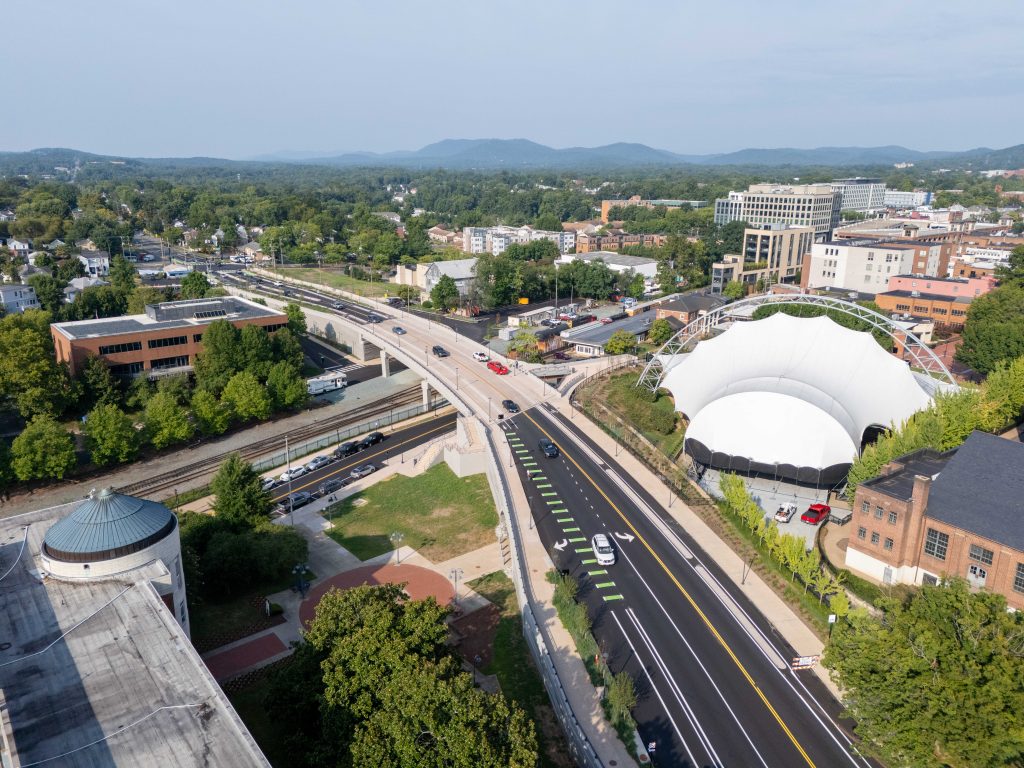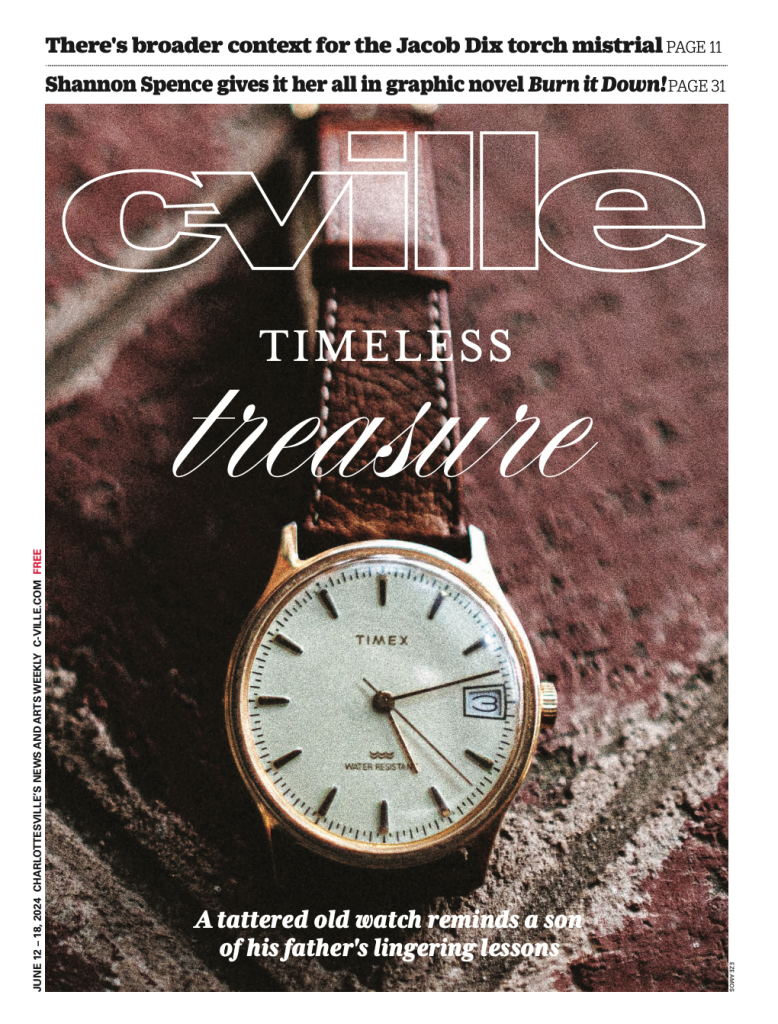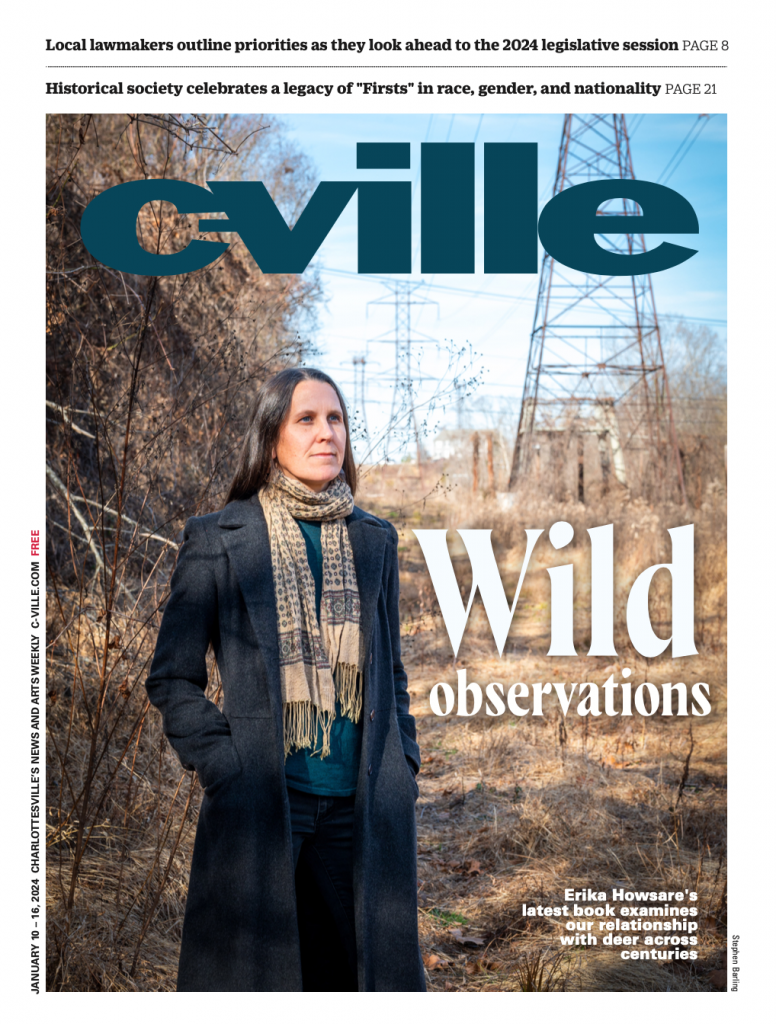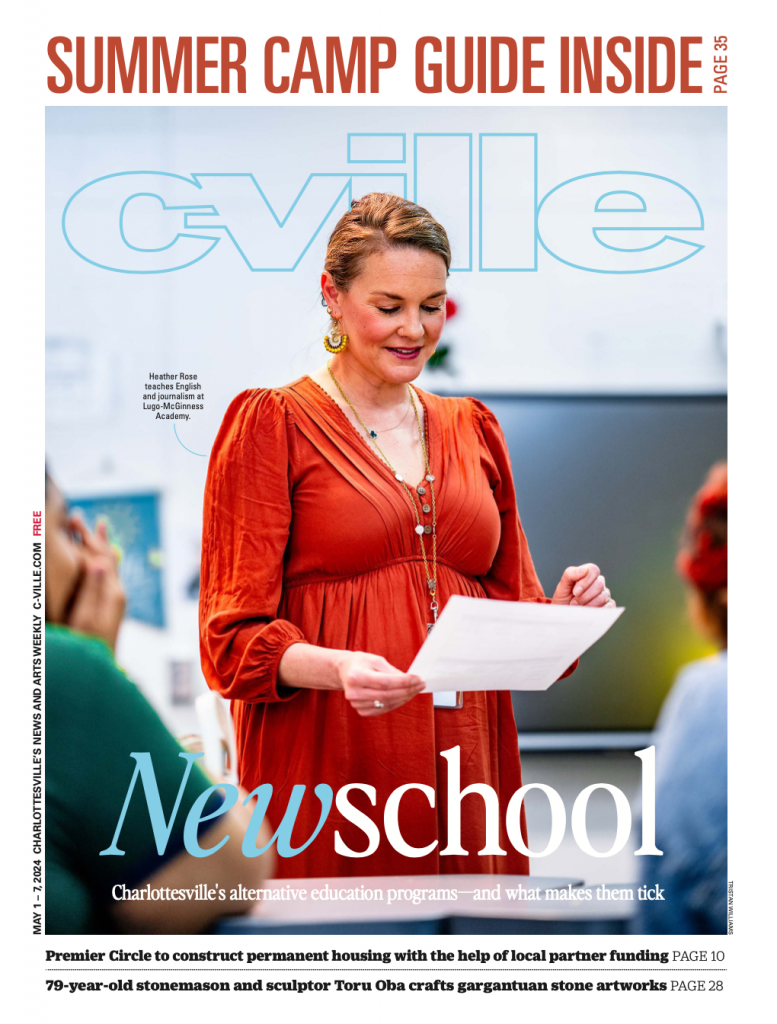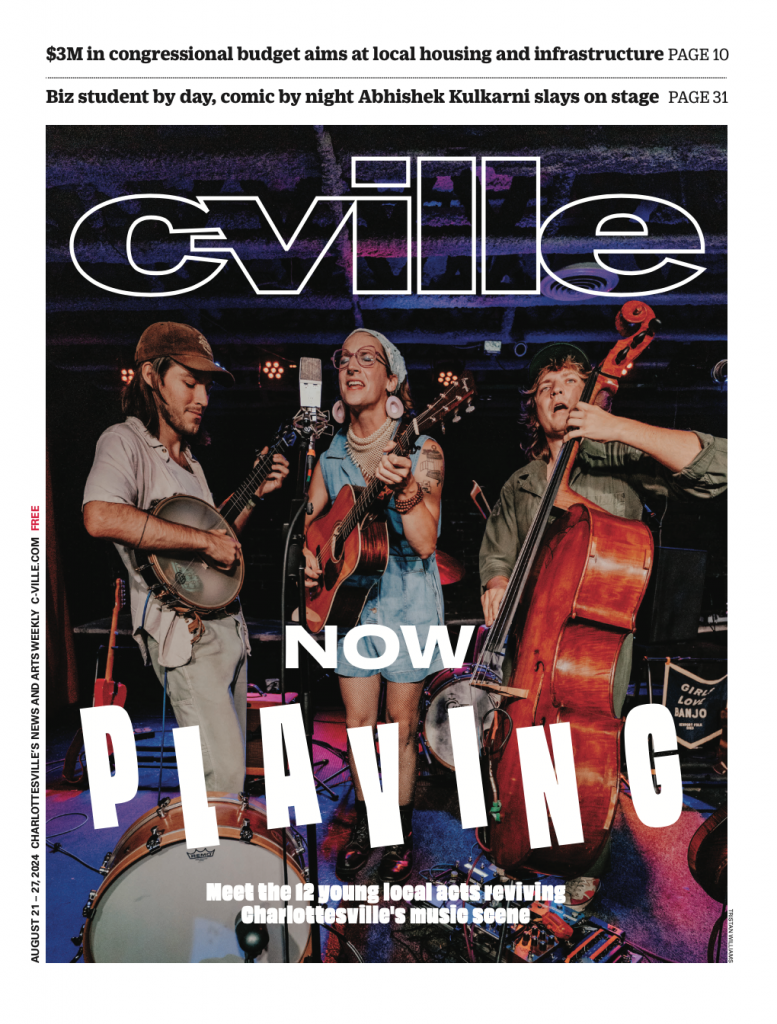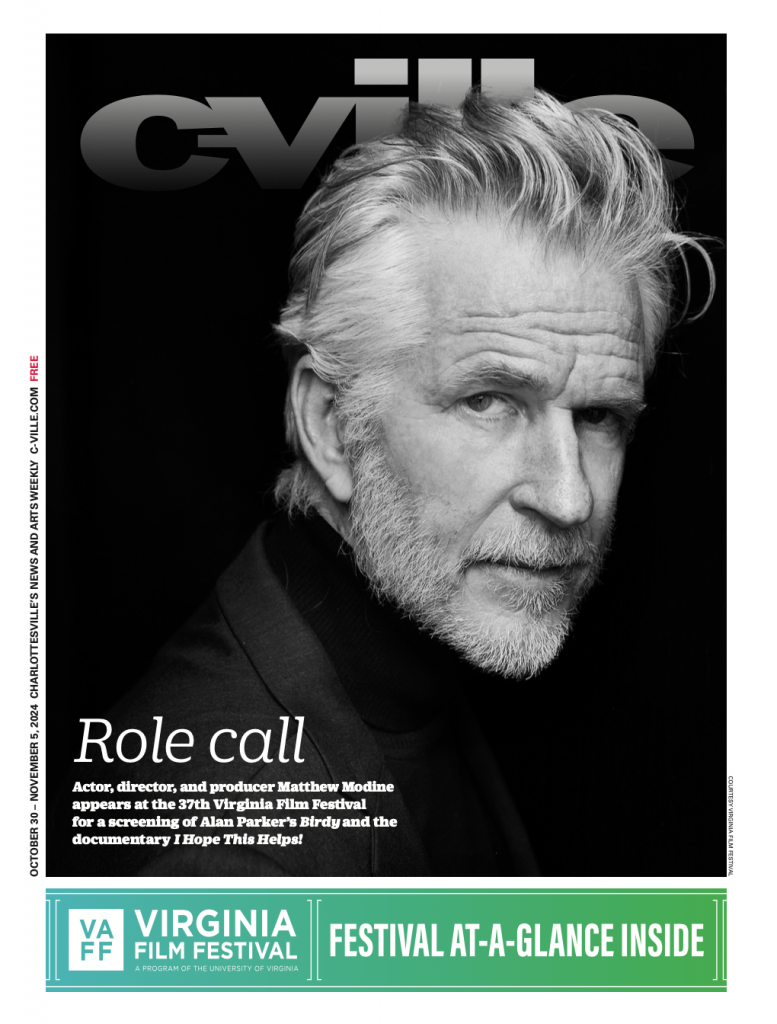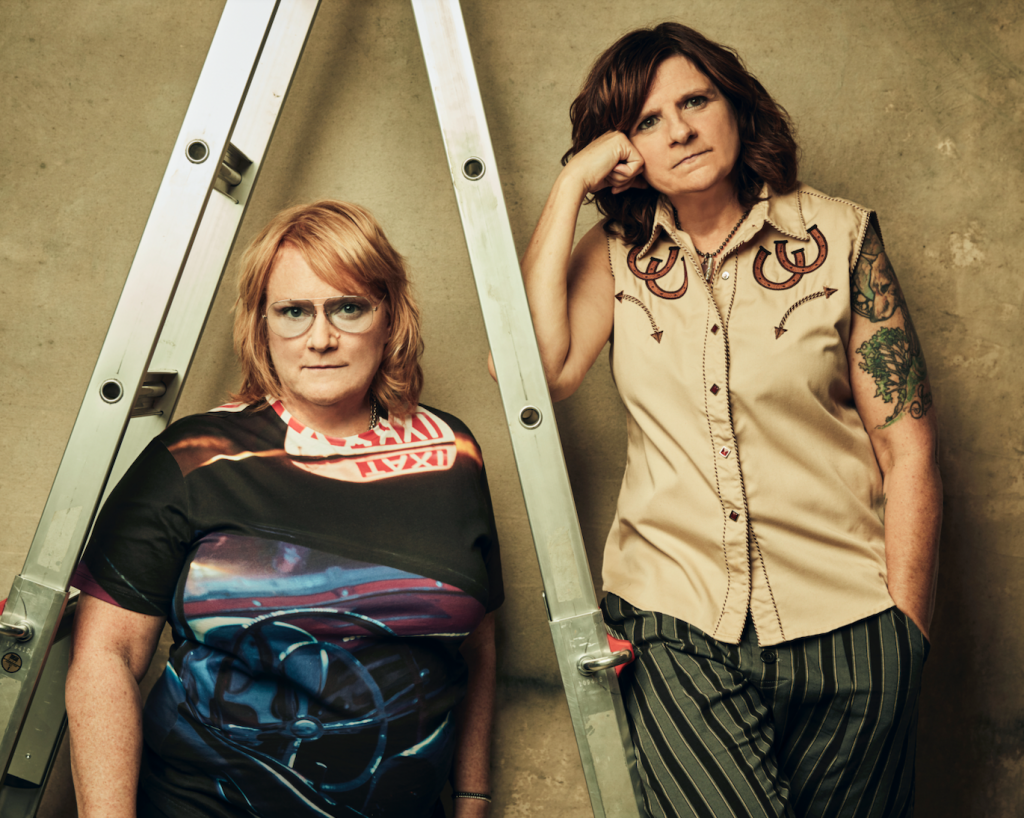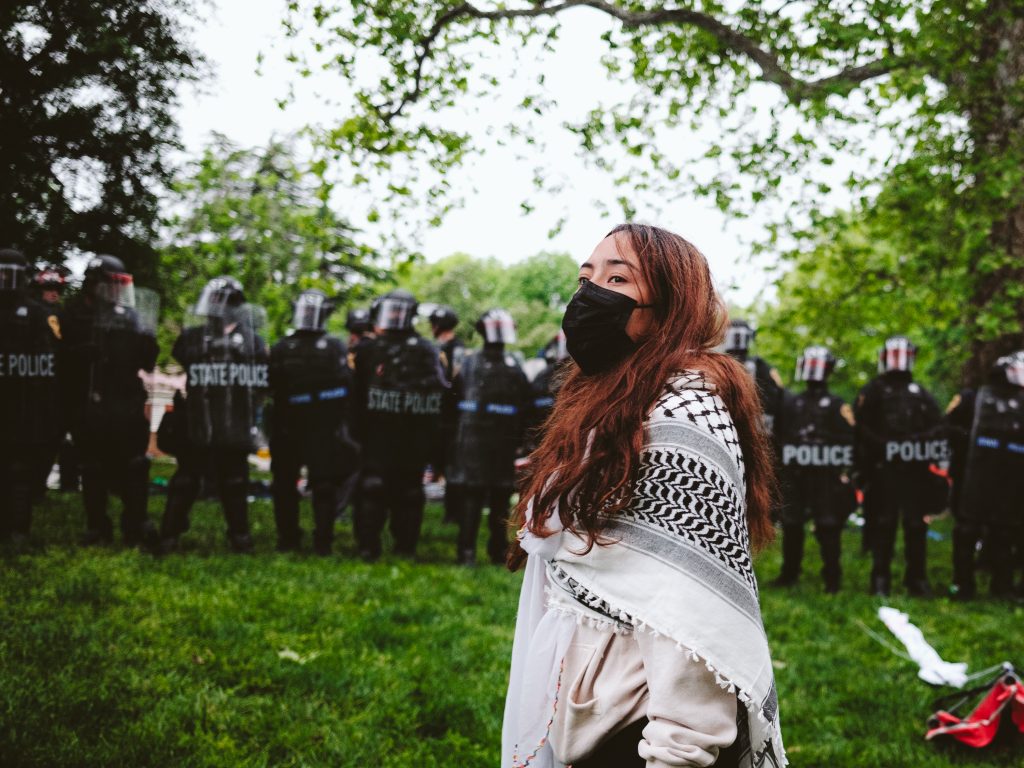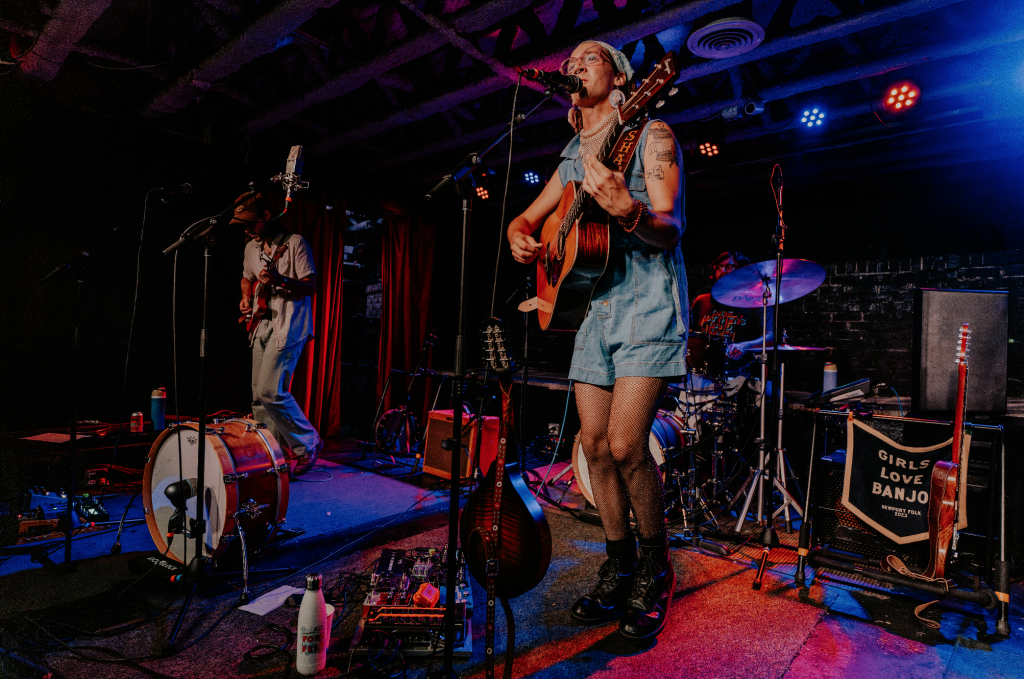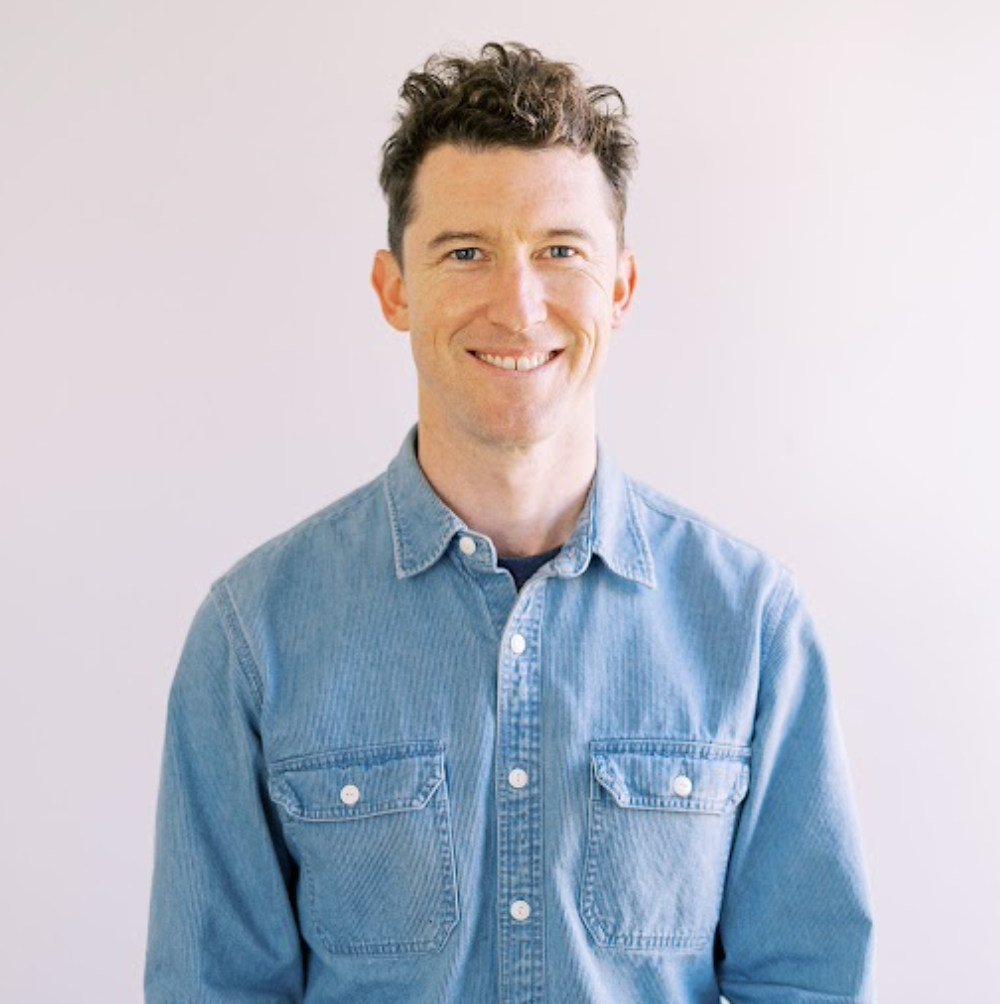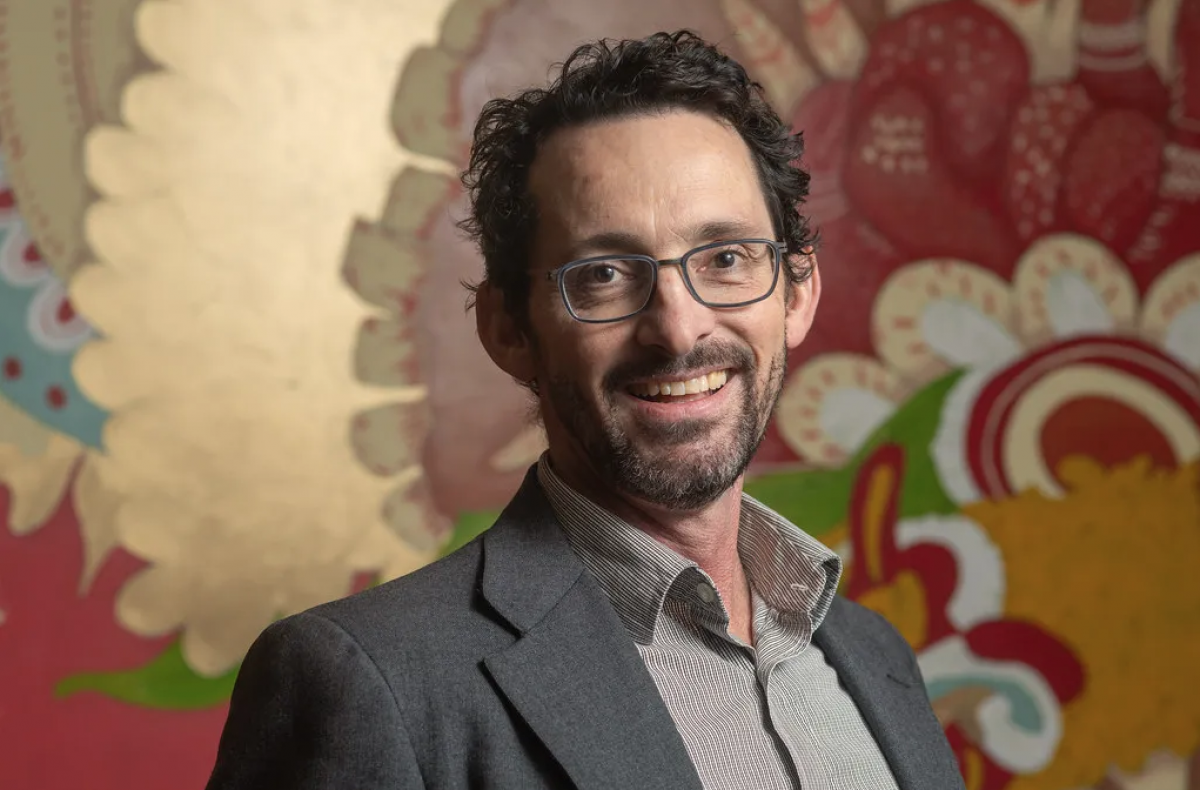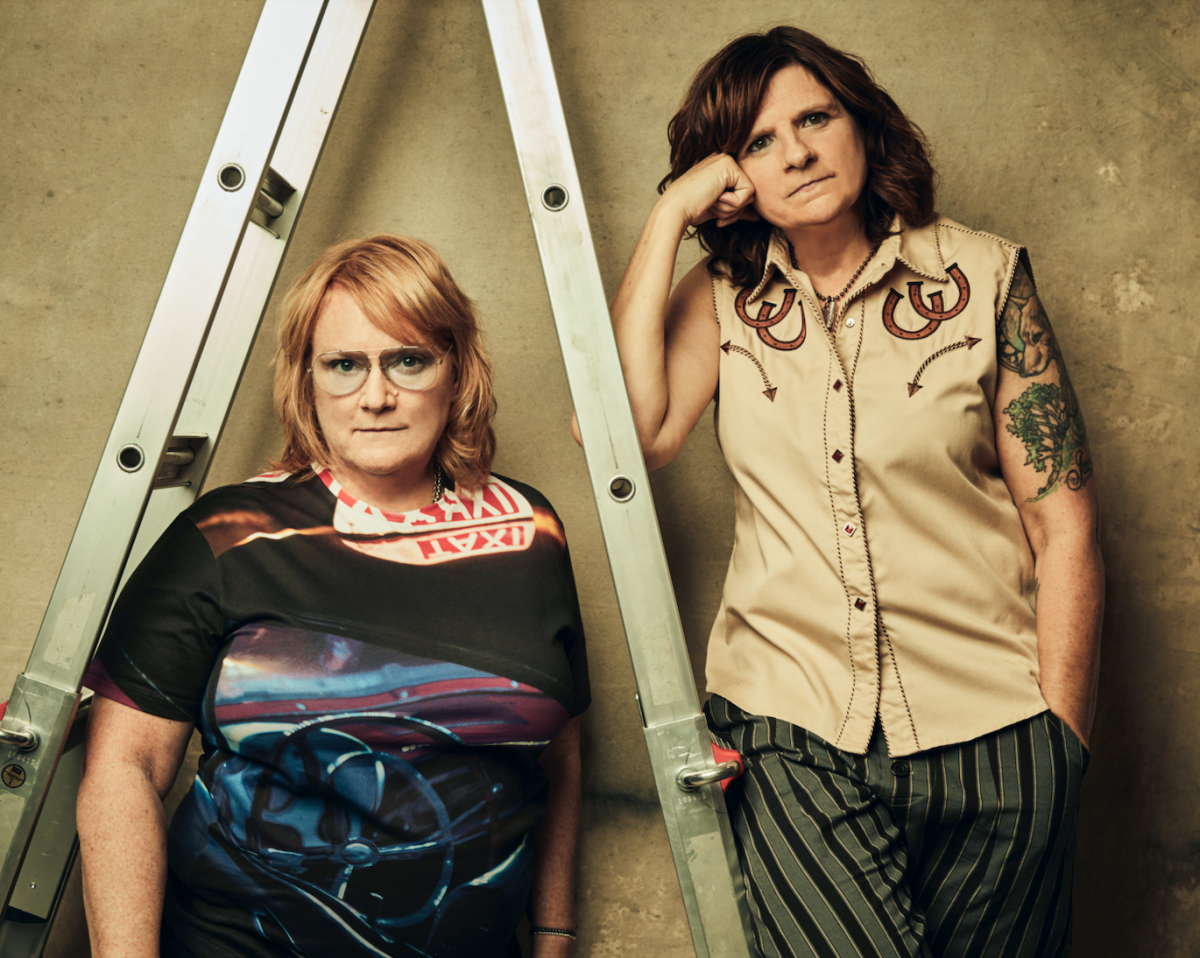By Paul Rosenberg
With any list, there’s a natural tendency to look first at No. 1, and neither I nor Project Censored would discourage you from doing that, when it comes to its annual list of the top-censored stories of the year. This year, the top story is about workplace deaths and injuries—with striking racial disparities, particularly for much-maligned foreign-born workers. Injury rates for Southern service workers—predominantly Black—are especially alarming, 87 percent in one year, according to one poll. Sensationalized deaths and injuries make the news all the time, but workplace deaths and injuries (nearly 6,000, and 2.8 million respectively in a year) are another matter altogether. They’re a non-story, even when advocates strive to shine a light on them.
But this pattern of what’s deemed newsworthy and what isn’t leads to a deep point. In the introduction to the list, Project Censored Associate Director Andy Lee Roth wrote that “readers can only appreciate the full significance of the Project’s annual listing of important but underreported stories by stepping back to perceive deeper, less obvious patterns of omission in corporate news coverage.” And I couldn’t agree more. This has always been a theme of mine as long as I’ve been reviewing its lists, because the patterns of what’s being blocked out of the public conversation are the clearest way of seeing the censoring process at work—the process that Project Censored founder Carl Jensen described as “the suppression of information, whether purposeful or not, by any method … that prevents the public from fully knowing what is happening in its society.”
It’s not just that somehow all the news assignment editors in America overlooked this or that story. Where there are patterns of omission so consistently, year after year, they can only be explained by systemic biases rooted in the interests of particularly powerful special interests. What’s more, in addition to patterns of omission in the stories as a whole, one can also find intersecting patterns within individual stories. The above description of the top story is an example: race, class, region, citizenship status, and more are all involved.
The point is, as you do more than just simply read these stories—as you reflect on them, on why they’re censored, whose stories they are, what harms are being suffered, whose humanity is being denied—you will find yourself seeing the world more from the point of view of those being excluded from the news, and from the point of view that you’re interconnected with them at the least, if not one of them too.
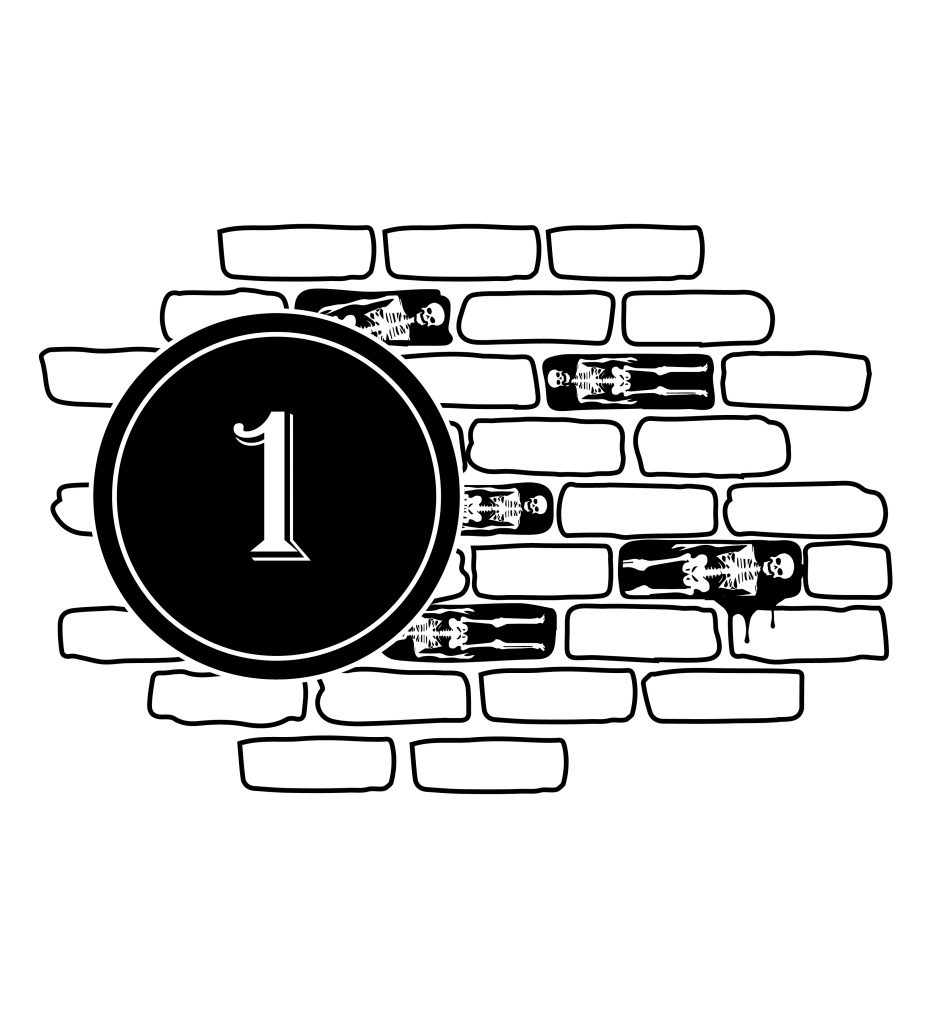
Many more minorities killed and injured on the job
Working in America is becoming more dangerous, especially for minorities, according to recent studies reported on by Truthout and Peoples Dispatch, while the same isn’t true for other developed nations.
Workplace fatalities increased 5.7 percent in the 2021-2022 period covered by the Bureau of Labor Statistics or BLS’s Census of Fatal Occupational Injuries, Tyler Walicek reported for Truthout. “Nearly 6,000 U.S. workers died on the job,” he wrote—a 10-year high—while “a startling total of 2.8 million were injured or sickened” according to another BLS report.
The racial disparities were sharp. The average workplace death rate was 3.7 deaths per hundred thousand full-time workers, but it was 24.3 percent higher (4.6 deaths) for Latinx workers and 13.5 percent higher (4.2 deaths) for Black workers. The majority of Latinx deaths (63.5 percent) were of foreign-born workers, and 40 percent of those were in construction. “It’s not hard to imagine that communication lapses between workers on an active construction site could feasibly create dangerous situations,” Walicek said.
Transportation incidents were the highest cause of fatalities within both groups. Violence and other injuries by persons or animals were second highest for Black workers, for Hispanic or Latiné workers it was falls, slips, or trips. Black people and women were particularly likely to be homicide victims. Black people represented 13.4 percent of all fatalities, but 33.4 percent of homicide fatalities—more than twice the base rate. Women represented 8.1 percent of all fatalities, but 15.3 percent of homicide fatalities—a little less than twice the base rate.
The non-fatal injury rate for service workers in the South, particularly workers of color, is also alarmingly high, according to an April 5, 2023 report by Peoples Dispatch summarizing findings from a March 2023 survey by the Strategic Organizing Center or SOC. The poll of 347 workers, most of whom were Black, “found that a shocking 87 percent were injured on the job in the last year,” they reported. In addition, “More than half of survey respondents reported observing serious health and safety standard [violations] at work,” and “most workers worried about their personal safety on the job, most believe that their employer prioritizes profit over safety, most do not raise safety issues for fear of retaliation, and the vast majority (72 percent) believe that their employer’s attitude ‘places customer satisfaction above worker safety.’”
“Compared to other developed countries, the United States consistently underperforms in providing workers with on-the-job safety,” Project Censored said. “Walicek argued that this is a direct consequence of ‘the diminution of worker power and regulatory oversight’ in the United States.” U.S. workplace fatality rates exceeded those in the U.K., Canada, Australia and much of Europe, according to a 2021 assessment by the consulting firm Arinite Health and Safety, Walicek reported.
“Workers are increasingly organizing to fight back against hazardous working conditions,” Project Censored noted, citing a civil rights complaint against South Carolina’s Occupational Safety and Health Administration or S.C. OSHA filed by members of the recently formed Union of Southern Service Workers “for failing to protect Black workers from hazardous working conditions,” as reported by the Post and Courier of Charleston, South Carolina. The USSW complaint alleged that “from 2018 to 2022, S.C. OSHA conducted no programmed inspections in the food/beverage and general merchandise industries, and only one such inspection in the food services and warehousing industries.” On April 4, 2023, when it filed the complaint, USSW went on a one-day strike in Georgia and the Carolinas, to expose unsafe working conditions in the service industry. It marked the anniversary of Martin Luther King’s assassination while supporting a sanitation workers strike in Memphis, Tennessee. Then on December 7, USSW sent a petition to federal OSHA requesting that it revoke South Carolina’s state OSHA plan “because the Plan has failed to maintain an effective enforcement program.”
Neither the BLS findings nor the conflict between the USSW and S.C. OSHA has received much corporate media coverage. The BLS fatalities report was released in December 2023, with no U.S. daily newspaper coverage when Project Censored’s analysis was done. There was a story on the Minnesota findings by FOX in Minneapolis-St. Paul the month the report was released. And a full story on Green Bay ABC affiliate WBAY on April 12, 2024, “as part of its coverage of ‘Work Zone Safety Awareness Week,’” Project Censored reported.
“Corporate coverage of the conflict between the USSW and S.C. OSHA has also been scant,” it noted. While independent, nonprofits like D.C. Report, “have consistently paid more attention,” there were but two corporate examples cited covering the second action: Associated Press and Bloomberg Law, but neither addressed the issue of racial disparities.
In conclusion, according to Project Censored, “The corporate media’s refusal to cover the harsh realities of workplace deaths and injuries—and the obvious racial disparities in who is hurt and killed on the job—makes the task of organizing to address occupational safety at a national level that much more difficult.”
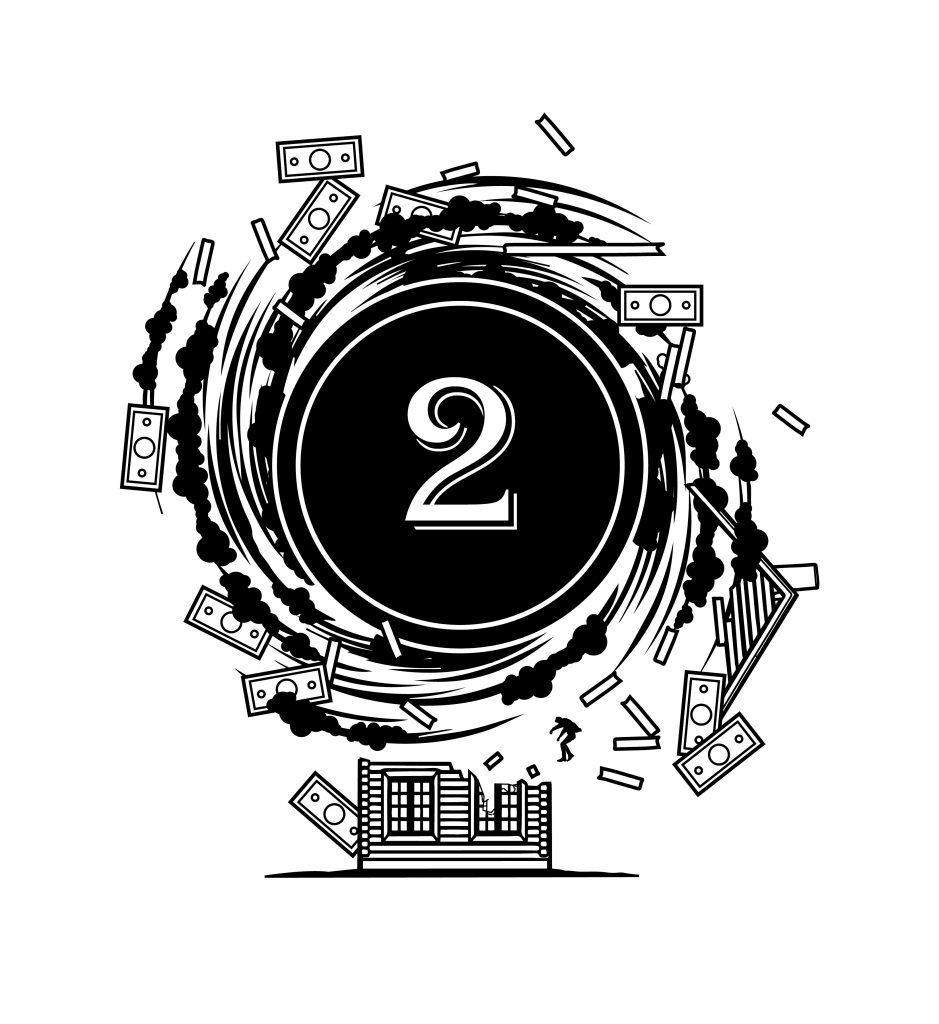
‘Vicious circle’ of climate debt traps world’s most vulnerable nations
Low-income countries that contributed virtually nothing to the climate crisis are caught in a pattern described as a “climate debt trap” in a September 2023 World Resources Institute report authored by Natalia Alayza, Valerie Laxton, and Carolyn Neunuebel.
“After years of pandemic, a global recession, and intensifying droughts, floods, and other climate change impacts, many developing countries are operating on increasingly tight budgets and at risk of defaulting on loans,” they wrote. “High interest rates, short repayment periods, and … the coexistence of multiple crises (like a pandemic paired with natural disasters) can all make it difficult for governments to meet their debt servicing obligations.”
“Global standards for climate resilience require immense national budgets,” Project Censored noted. “Developing countries borrow from international creditors, and as debt piles up, governments are unable to pay for essential needs, including public health programs, food security, and climate protections.”
In fact, The Guardian ran a story describing how global south nations are “forced to invest in fossil fuel projects to repay debts,” a process critics have characterized as a “new form of colonialism.” They cited a report from anti-debt campaigners Debt Justice and partners that found “the debt owed by global south countries has increased by 150 percent since 2011 and 54 countries are in a debt crisis, having to spend five times more on repayments than on addressing the climate crisis.”
Like the climate crisis itself, the climate debt trap was foreseeable in advance. “A prescient report published by Dissent in 2013, Andrew Ross’s Climate Debt Denial, provides a stark reminder that the climate debt trap now highlighted by the World Resources Institute and others was predictable more than a decade ago,” Project Censored said. But that report highlighted much earlier warnings and efforts to address the problem.
The concept of an ecological debt owed to the global south for the resource exploitation that fueled the global north’s development was first introduced “in the lead-up to the 1992 Earth Summit in Rio de Janeiro,” Ross reported. Subsequently, “The Kyoto Protocol laid the groundwork for such claims in 1997 by including the idea of ‘common but differentiated responsibilities’ among nations, but climate activists did not fully take up the call for debt justice until the Copenhagen summit in 2009.” Prior to that summit, in 2008, NASA climatologist James Hansen estimated the U.S. historical carbon debt at 27.5 percent of the world total, $31,035 per capita.
While a “loss and damage” fund “to assist developing countries that are particularly vulnerable to the adverse effects of climate change” was established at the 2022 Climate Summit, its current commitments ($800 million) fall far short of the $100 billion more each year by 2030 that the 14 developing countries on the fund’s board have argued for. Some estimates place the figure much higher, “at around $400 billion,” according to a Euronews story last June.
The climate debt trap “has received limited news coverage,” Project Censored noted. Aside from The Guardian,“independent news coverage has been limited to outlets that specialize in climate news.” Neither of the two corporate media examples it cited approached it from debtor countries’ point of view. In May 2023, Bloomberg’s “analysis catered to the financial interests of international investors,” while a December 2023 New York Times report “focused primarily on defaults to the United States and China, with less focus on how poorer countries will combat deficits, especially as climate change escalates.”
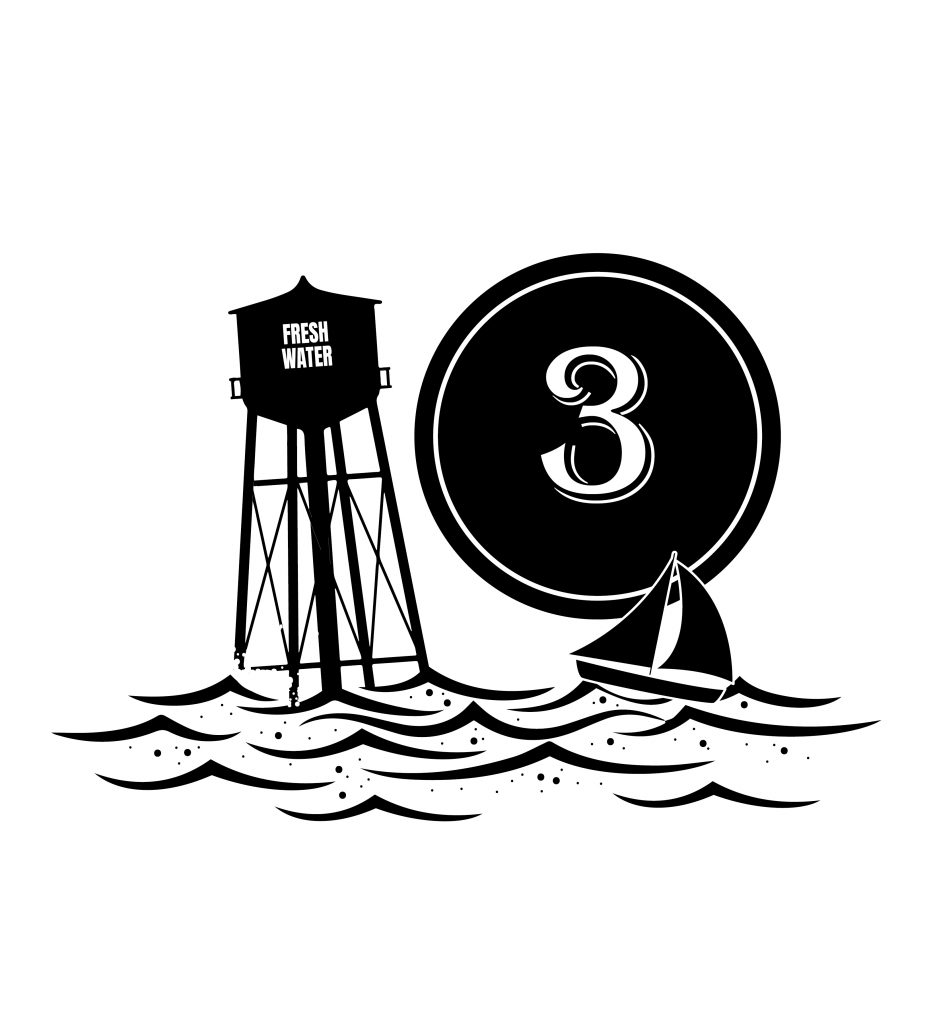
Saltwater intrusion threatens U.S. freshwater supplies
Sea-level rise is an easy-to-grasp consequence of global warming, but the most immediate threat it poses—saltwater intrusion into freshwater systems—has only received sporadic localized treatment in the corporate press. “In fall 2023, saltwater traveling from the Gulf of Mexico up the Mississippi River infiltrated the freshwater systems of the Delta region, contaminating drinking and agricultural water supplies as well as inland ecosystems,” according to Project Censored. “This crisis prompted a scramble to supply potable water to the region and motivated local and federal officials to issue emergency declarations.”
While outlets like Time, CNN, and CBS News covered the saltwater intrusion at the time, they “focused almost exclusively on the threat to coastal Louisiana,” but “a pair of articles published in October 2023 by Delaney Nolan for The Guardian and [hydrogeologist] Holly Michael for The Conversation highlighted the escalating threat of saltwater intrusion across the United States and beyond.”
“Deep below our feet, along every coast, runs the salt line: the zone where fresh inland water meets salty seawater,” Nolan wrote. “That line naturally shifts back and forth all the time, and weather events like floods and storms can push it further out. But rising seas are gradually drawing the salt line in,” he warned. “In Miami, the salt line is creeping inland by about 330 feet per year. Severe droughts—as the Gulf Coast and Midwest have been experiencing this year—draw the salt line even further in.”
“Seawater intrusion into groundwater is happening all over the world, but perhaps the most threatened places are communities on low-lying islands,” such as the Marshall Islands, which are “predicted to be uninhabitable by the end of the century,” Michael wrote. Here in the U.S., “Experts said the threat was widespread but they were especially concerned about cities in Louisiana, Florida, the Northeast, and California,” Nolan reported.
“Fresh water is essential for drinking, irrigation, and healthy ecosystems,” Michael wrote. “When seawater moves inland, the salt it contains can wreak havoc on farmlands, ecosystems, lives, and livelihoods.” For example, “Drinking water that contains even 2 percent seawater can increase blood pressure and stress kidneys. If saltwater gets into supply lines, it can corrode pipes and produce toxic disinfection by-products in water treatment plants. Seawater intrusion reduces the life span of roads, bridges and other infrastructure.”
While Time, CNN, and CBS News focused narrowly on coastal Louisiana, Project Censored noted that some news outlets, “including FOX Weather and Axios” misreported the threat as “only temporary rather than a long-term problem.” More generally, “corporate media typically treat saltwater intrusion as a localized issue affecting specific coastal regions,” they wrote. “Aside from a brief article in Forbes acknowledging the growing problem for coastal regions in the U.S. and around the world, corporate media have largely resisted portraying saltwater intrusion as a more widespread and escalating consequence of climate change.”
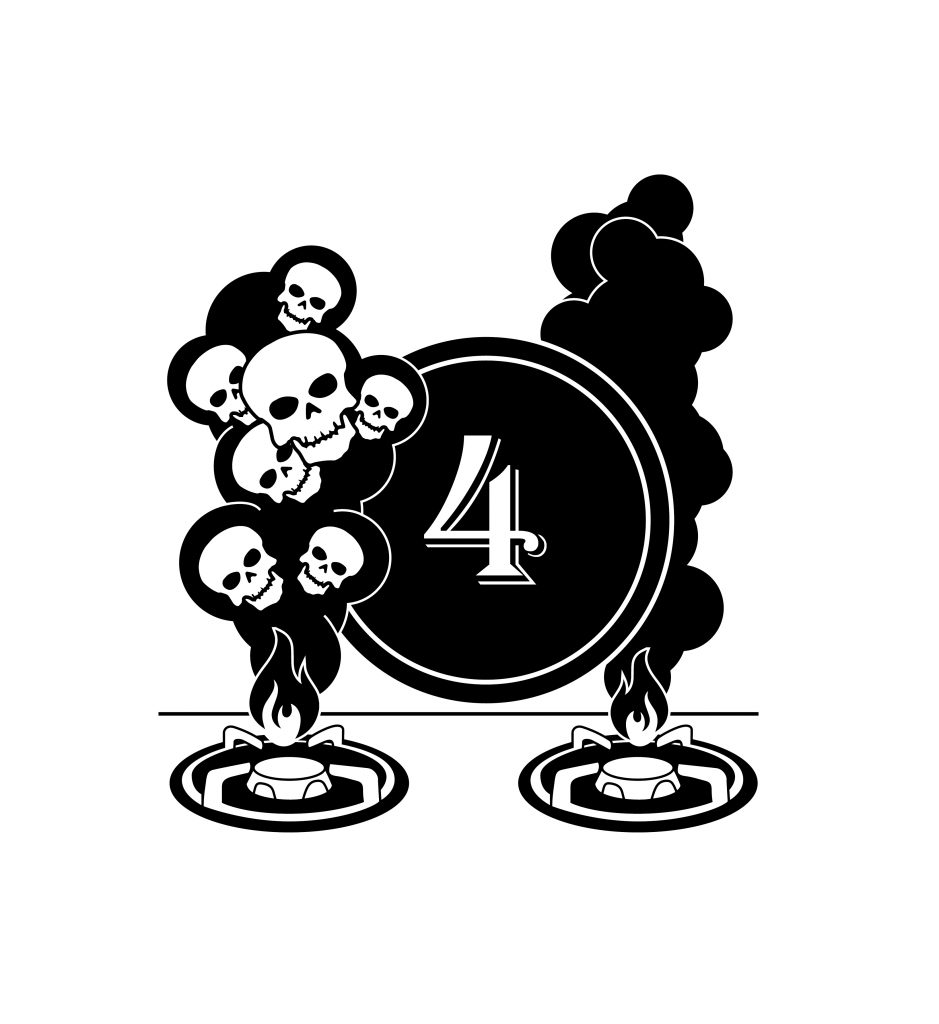
Natural gas industry hid health and climate risks of gas stoves
While gas stoves erupted as a culture war issue in 2023, reporting by Vox and NPR (in partnership with the Climate Investigations Center) revealed a multi-decade campaign by the natural gas industry using tobacco industry’s tactics to discredit evidence of harm, thwart regulation, and promote the use of gas stoves. While gas stoves are a health hazard, the amount of gas used isn’t that much, but “house builders and real estate agents say many buyers demand a gas stove,” which makes it more likely they’ll use more high-volume appliances, “such as a furnace, water heater, and clothes dryer,” NPR explained. “That’s why some in the industry consider the stove a ‘gateway appliance.’”
In a series of articles for Vox, environmental journalist Rebecca Leber “documented how the gas utility industry used strategies previously employed by the tobacco industry to avoid regulation and undermine scientific evidence establishing the harmful health and climate effects of gas stoves,” Project Censored reported.
“The basic scientific understanding of why gas stoves are a problem for health and the climate is on solid footing,” she reported. “It’s also common sense. When you have a fire in the house, you need somewhere for all that smoke to go. Combust natural gas, and it’s not just smoke you need to worry about. There are dozens of other pollutants, including the greenhouse gas methane, that also fill the air.”
The concerns aren’t new. “Even in the early 1900s, the natural gas industry knew it had a problem with the gas stove,” Leber recounts. It was cleaner than coal or wood—it’s main competition at the time, “but new competition was on the horizon from electric stoves.” They avoided scrutiny for generations, but, “Forty years ago, the federal government seemed to be on the brink of regulating the gas stove,” she wrote. “Everything was on the table, from an outright ban to a modification of the Clean Air Act to address indoor air pollution.” The gas industry fought back with a successful multiprong attack, that’s being mounting again today, and “Some of the defenders of the gas stove are the same consultants who have defended tobacco and chemicals industries in litigation over health problems.”
Documents obtained by NPR and CIC tell a similar story. The industry “focused on convincing consumers and regulators that cooking with gas is as risk-free as cooking with electricity,” they reported. “As the scientific evidence grew over time about the health effects from gas stoves, the industry used a playbook echoing the one that tobacco companies employed for decades to fend off regulation. The gas utility industry relied on some of the same strategies, researchers, and public relations firms.”
“I think it’s way past the time that we were doing something about gas stoves,” said Dr. Bernard Goldstein, who began researching the subject in the 1970s. “It has taken almost 50 years since the discovery of negative effects on children of nitrogen dioxide from gas stoves to begin preventive action. We should not wait any longer,” he told NPR.
“By covering gas stoves as a culture war controversy, corporate media have ignored the outsize role of the natural gas industry in influencing science, regulation, and consumer choice,” Project Censored noted. Instead, they’ve focused on individual actions, local moves to phase out gas hookups for new buildings and rightwing culture war opposition to improving home appliance safety and efficiency, including the GOP House-passed Hands Off Our Home Appliances Act.
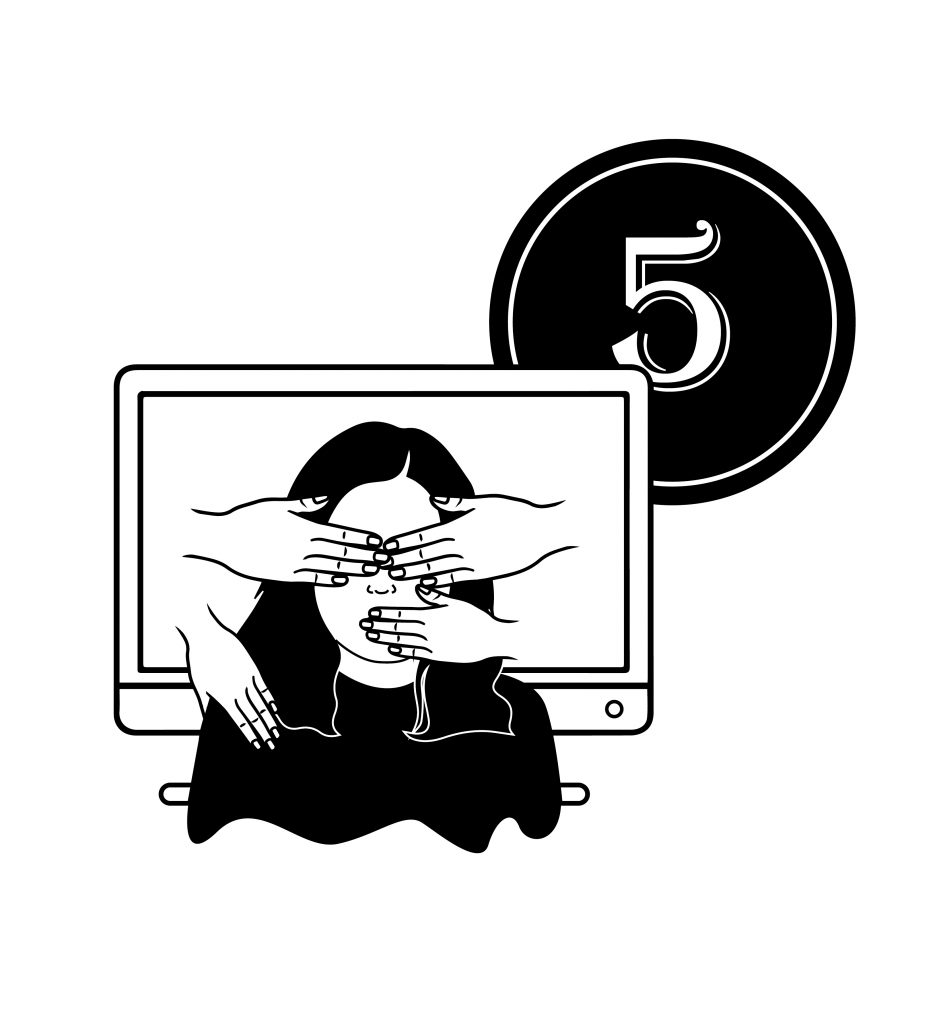
Abortion services censored on social platforms globally
On the first national Election Day after the Supreme Court’s Dobbs decision, PlanC, a nonprofit that provides information about access to the abortion pill, posted a TikTok video encouraging people to vote to protect reproductive rights. Almost immediately, its account was banned. This was but one example of a worldwide cross-platform pattern.
“Access to online information about abortion is increasingly under threat both in the United States and around the world,” the Women’s Media Center reported in November 2023. “Both domestic and international reproductive health rights and justice organizations have reported facing censorship of their websites on social media platforms including Instagram, Facebook, and TikTok as well as on Google.” The governments of South Korea, Turkey, and Spain have also blocked the website of Women on Web, which provides online abortion services and information in over 200 countries. At the same time abortion disinformation, for fake abortion clinics, remains widespread.
“Women’s rights advocacy groups are calling the Supreme Court’s overturning of Roe v. Wade the catalyst for the suppression of reproductive health information on social media,” Project Censored said. “Hashtags for #mifepristone and #misoprostol, two drugs used in medical abortions, were hidden on Instagram after the Dobbs decision, the WMC reported,” as part of a wider pattern.
Within weeks of the decision, U.S. Senators Elizabeth Warren (D-MA) and Amy Klobuchar (D-MN) wrote to Meta, Ars Technica reported, questioning what the company was doing to stop abortion censorship on their platforms. “The senators also took issue with censorship of health care workers, Ars Technica wrote, “including a temporary account suspension of an ‘organization dedicated to informing people in the United States about their abortion rights.’”
“U.S. state legislatures are currently considering banning access to telehealth abortion care,” according to Project Censored. “Furthermore, CNN reported that ‘at the end of 2023, nine states where abortion remained legal still had restricted telehealth abortions in some way.’”
There are similar censorship problems with Meta and Google worldwide, according to a March 2024 report by the Center for Countering Digital Hate and MSI Reproductive Choices, which provides contraception and abortion services in 37 countries. This sparked a Guardian article by Weronika Strzyżyńska. “In Africa, Facebook is the go-to place for reproductive health information for many women,” MSI’s global marketing manager, Whitney Chinogwenya, told The Guardian. “We deal with everything from menopause to menstruation but we find that all our content is censored.” She explained that “Meta viewed reproductive health content through ‘an American lens,’” The Guardian reported, “applying socially conservative U.S. values to posts published in countries with progressive policies such as South Africa, where abortion on request is legal in the first 20 weeks of pregnancy.”
Abortion disinformation is also a threat—particularly the promotion of crisis pregnancy centers that masquerade as reproductive health-care clinics but discourage rather than provide abortion services. WMC reported on June 2023 CCDH report which “found that CPCs spent over $10 million on Google Search ads for their clinics over the past two years.” Google claimed to have “removed particular ads,” said Callum Hood, CCDH’s head of research, “but they did not take action on the systemic issues with fake clinic ads.”
“Women’s rights organizations and reproductive health advocates have been forced to squander scarce resources fighting this sort of disinformation online,” Project Censored noted. This has gotten some coverage, but “As of June 2024, corporate coverage of abortion censorship has been limited.” The sole CNN story it cited ran immediately after the Dobbs decision, before most of the problems fully emerged. “There appeared to be more corporate media focus on abortion disinformation rather than censorship,” Project Censorship added. “Independent reporting from Jezebel, and Reproaction via Medium, have done more to draw attention to this issue.”
Paul Rosenberg is a California-based writer/activist, senior editor for Random Lengths News, and a columnist for Al Jazeera English and Salon.


